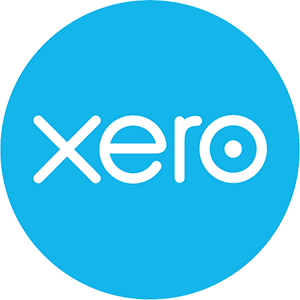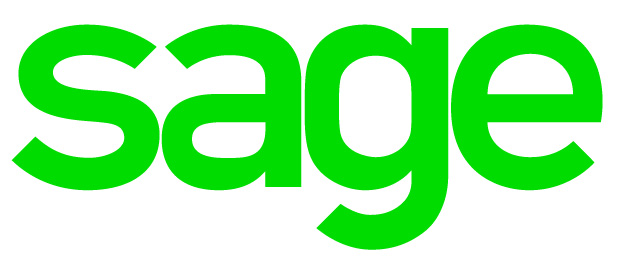Sole trader or incorporated
From April 2018, the £5,000 tax-free dividend allowance is reducing from £5,000 to £2,000.
Does this mean that converting from self-employed to a limited company arrangement to save tax and NIC is no longer a viable option? Readers who have adopted this strategy will have likely seen a reduction in taxes due thus far, but the partial loss of the dividend allowance will reduce overall savings that can be made.
However, in most cases benefits will continue to accrue albeit at a reduced rate, and if profits are retained in the company, rather than withdrawn as salary or dividends, these benefits could still be significant.
- A company paying tax at 19% on its taxable profits can retain 81% to improve reserves and fund investment.
- A sole trader or partnership, paying income tax at 40% or 45% can only retain at best 60% or 55% of taxable profits.
- Sole traders or partnerships who are taxed at the basic rate of 20% will still be required to pay additional NIC on their profits and will not be able to retain funds at the same rate as a company.
Will be keeping an eye on the numbers for clients who have adopted this strategy and will discuss their options when we review their tax position during 2018.
Latest News
- New employment protections - April 18, 2024
- Opening up small company reporting - April 16, 2024
- Boost for small businesses - April 12, 2024
- A new acronym - April 9, 2024
- Tax Diary April/May 2024 - April 5, 2024
- Still time to register for the Marriage Allowance - April 5, 2024
- Check your National Insurance record - April 5, 2024
- HMRC helpline changes on hold - April 5, 2024






